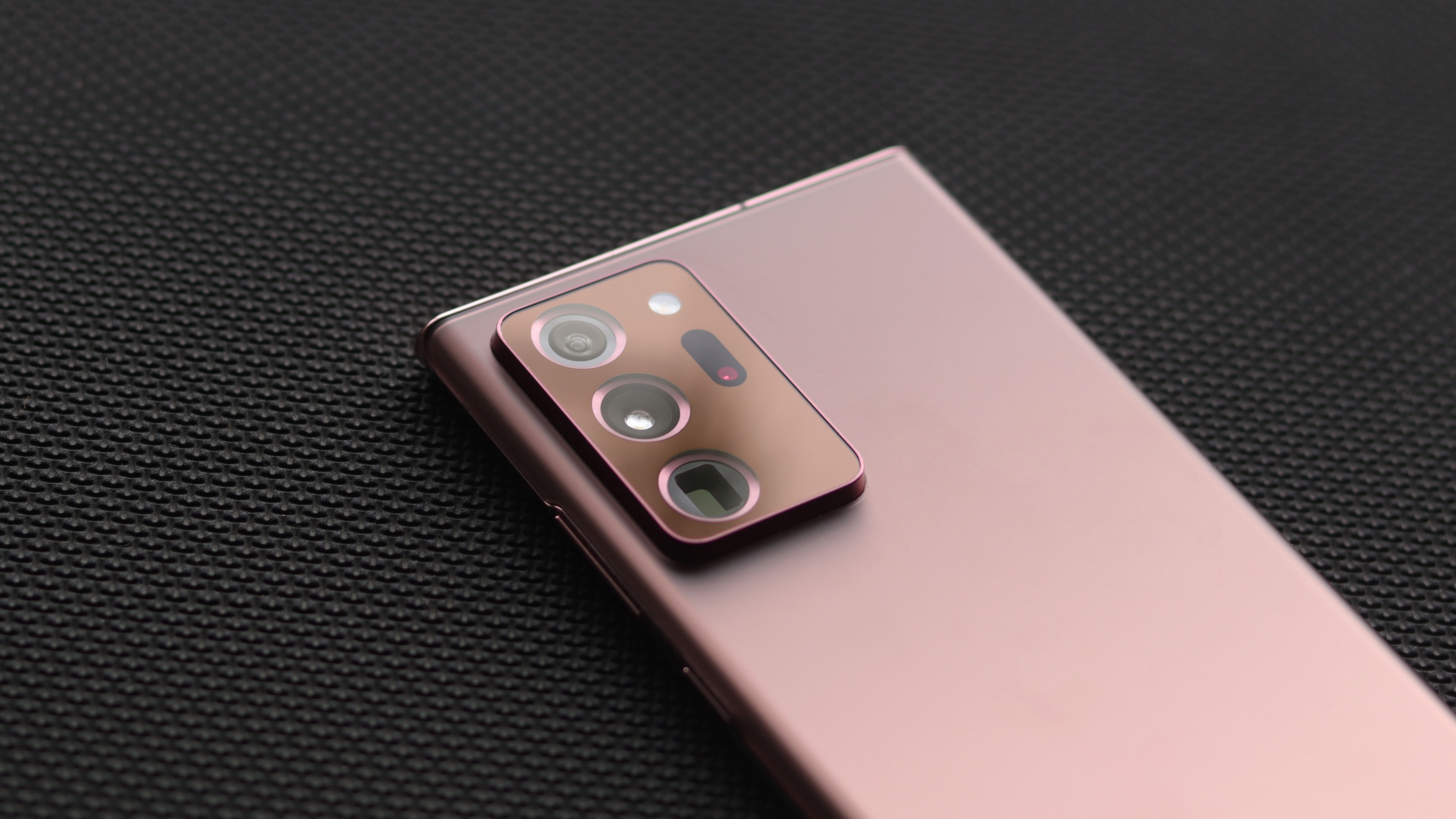Samsung unveils new 0.7μm image sensors for next-gen smartphones
Big sensors, small footprint

Samsung Electronics is one of the world’s most popular image sensor developers for smartphones. Today, it announced a breakthrough in the form of four new image sensors with 0.7μm pixel size, meant to reduce the physical volume they take up within a phone’s body.
A camera’s sensor size and pixel size have a significant impact over the resultant images — bigger is always better. But that invariably also increases the size of the camera module within the phone, where space comes at a premium. These new image sensors from Samsung aim to balance that by offering higher resolutions in relatively smaller modules by way of reducing the individual pixel size. Samsung claims that a difference of just 0.1μm — going down to 0.7μm from 0.8μm — are up to 15% smaller and 10% shorter.
When implemented, it will give smartphone manufacturers greater flexibility in choosing the components. It will also help avoid camera bumps, which have almost become a necessary evil on today’s high-end smartphones.
The light insensitivity caused by the smaller sensor will be offset by improved light reception brought in by ISOCELL 2.0 by enhancing the wall structure between cells. It can increase light sensitivity by up to 12% in comparison to ISOCELL Plus. Similarly, Smart-ISO will ensure that incoming light is used to the fullest extent.

| Row 0 - Cell 0 | Resolution | Size | Pixel-binning | Video recording |
| ISOCELL HM2 | 108MP | 1/1.52-inch | 3x3 | 4K 120fps |
| ISOCELL GW3 | 64MP | 1/1.97-inch | 2x2 | 4K 60fps |
| ISOCELL GM5 | 48MP | 1/2.55-inch | 2x2 | 4K 60fps |
| ISOCELL JD1 | 32MP | 1/3.14-inch | 2x2 | FHD 120fps |
At the top of the lineup is the Samsung ISOCELL HM2 image sensor, its third 108MP module which is smaller than the current one. It also brings ‘Super PD’, which is a faster way of using phase-detection for autofocussing. With the high resolution, it is capable of 3x lossless zoom too.
Next up is the ISOCELL GW3, a 64MP sensor that is closer to 48MP sensors in dimensions. It can record 4K video at up to 60fps with gyro-based EIS.
The ISOCELL GM5 is a versatile 48MP sensor which is destined for telephoto or ultra-wide lenses, which are known to suffer from low resolution or can be huge in size (when used in a periscopic configuration). It also employs staggered-HDR, which performs the multi-frame synthesis post the image is captured and the pixels are binned, for brighter and clearer images in a more efficient way.
Get daily insight, inspiration and deals in your inbox
Sign up for breaking news, reviews, opinion, top tech deals, and more.
Completing the range is the ISOCELL JD1, which is meant for front-facing cameras. With a sensor size of 1/3.14-inches, it is the smallest 32MP sensor in the industry, making it ideal for bezel-less phones or pop-up modules. It, too, supports staggered-HDR.
Samsung states that the ISOCELL HM2, GW3 and JD1 are ready for mass-production, while the GM5 is still in the sampling stage and should be ready by Q4. Timelines for market availability or OEM partners were not revealed.
Aakash is the engine that keeps TechRadar India running, using his experience and ideas to help consumers get to the right products via reviews, buying guides and explainers. Apart from phones, computers and cameras, he is obsessed with electric vehicles.
